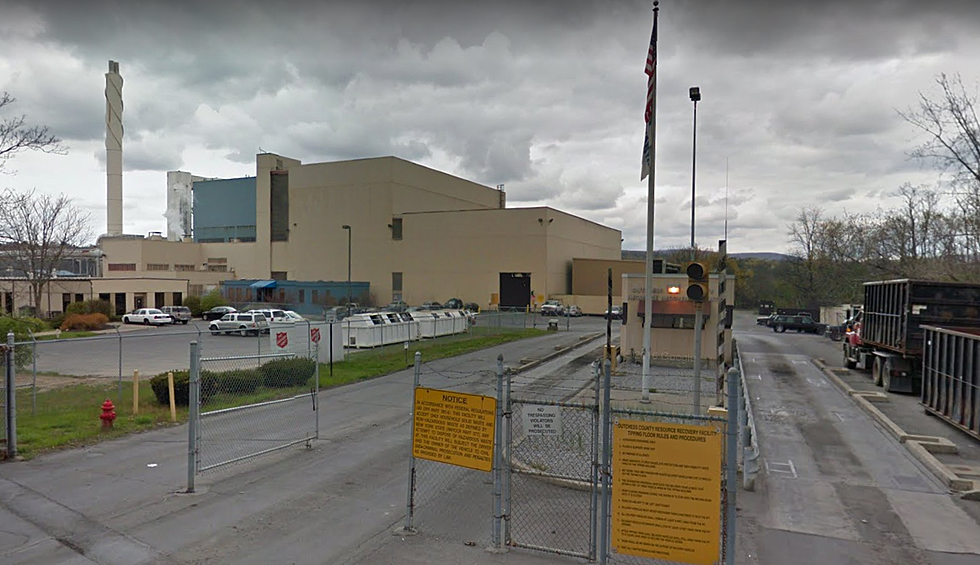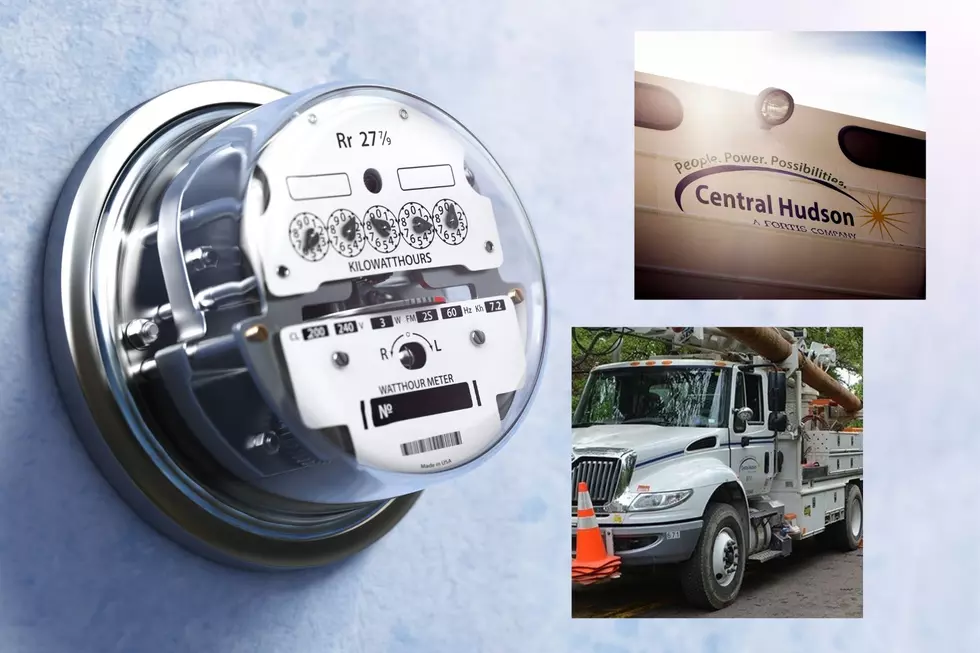
Report: Hudson Valley Incinerator One of Top Polluters in U.S.
Update: This article has been updated to include a statement Wheelabrator Technologies.
A new report ranked a Hudson Valley incinerator as one of the top polluters in the U.S., which can significantly threaten our health.
According to the Tishman Environment and Design Center at The New School in New York City, 4.4 million people in the U.S. are exposed to pollution from waste incinerators.
The waste incinerators reportedly emit mercury, lead, particulate matter 2.5 and 10, sulfur dioxide, nitrous oxide, and carbon monoxide, all of which can pose significant dangers to public health.
The Tishman Environment & Design Center at the New School study concluded incinerators are a bad investment for cities.
“These aging facilities are too expensive to maintain, too risky to finance, and too costly to upgrade,” Ana Baptista, Associate Director of the Tishman Environment & Design Center at the New School said in a press release. “Incinerators in the U.S. are operating under increasingly volatile economic and regulatory conditions that threaten their major sources of revenue, tipping fees and energy sales.”
The study identified the Dutchess County Resource Recovery Facility in Poughkeepsie as one of the most polluting incinerators in the United States. The report found Poughkeepsie ranked in the "dirty dozen” for emissions of mercury and carbon monoxide.
The Dutchess County Resource Recovery Agency is an independent public agency, established by the New York State Legislature in 1982, to oversee the construction, financing and operation of the Resource Recovery Facility, according to the Dutchess County Executive’s Office. The facility is a waste-to-energy facility, providing a critical alternative to landfills.
Resource Recovery Agency Executive Director Lindsay Carille said the facility's emissions fall below federal standards and that the data used by The Tishman Environment & Design Center is outdated.
“Dutchess County remains well below federal emissions standards for all pollutants, including mercury and carbon monoxide," Carille said to Hudson Valley Post. "Mercury emissions at the Resource Recovery Agency decreased to 6.96 pounds in 2018 – less than half the 2014 level referenced in this study – and carbon monoxide emissions fell to 137.808 last year, 15 percent lower than the 2014 mark cited. The County continues to reduce the impact on the environment through green initiatives such as recycling programs, the addition of electric vehicles, and the popular hazardous household waste and electronic recycling events throughout the year. In the last year alone, the County’s recycling rate increased from 37.7 percent to 40.6 percent, a testament to the efficacy of our efforts and our adherence to ‘Rethinking Waste,’ our comprehensive solid waste management plan adopted in 2013. These efforts are key to reducing the solid waste that needs to be incinerated.”
In 2018, Dutchess County hosted three Household Hazardous Waste and eWaste Collection events, over 60,000 pounds of chemicals, over 70,000 pounds of eWaste and 850 pounds of fluorescents were collected from 913 residents, according to the Dutchess County Executive’s Office.
Wheelabrator Technologies, which operates the Dutchess County Resource Recovery Facility, said through spokesperson Michelle Nadeau that the site is in full compliance with federal standards and takes environmental and public health concerns seriously.
"We complete more than 520 compliance checks each day to ensure our facility meets the strict air-quality standards established by the U.S. Environmental Protection Agency (EPA) and New York State Department of Environmental Conservation (DEC) to safeguard public health and the environment," Nadeau said. "Waste-to-energy is globally recognized as a safe and environmentally responsible form of waste management and energy creation. The EPA and similar regulatory bodies and countries around the world endorse and invest in waste-to-energy and prefer it to landfilling, which results in the release of greenhouse gases into the atmosphere. Waste-to-energy reduces greenhouse gases by one ton for every ton of waste. Each year, our Dutchess County facility diverts 132,000 tons of waste from landfills, separates 4,400 tons of metals for recycling and safely produces 9 (gross) megawatts of clean, renewable baseload energy - enough to power 8,200 homes, offsetting the need for roughly 109,000 barrels of oil or 33,000 tons of coal."
More From WZAD-WCZX The Wolf









